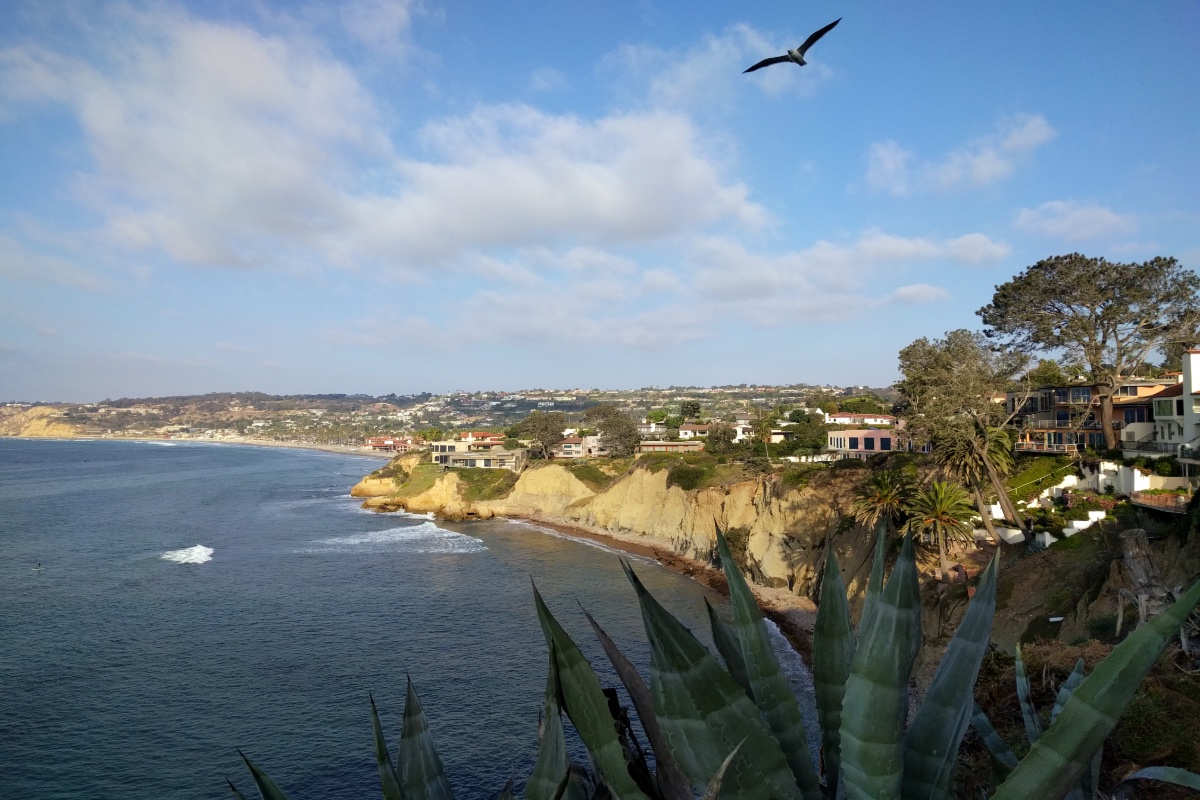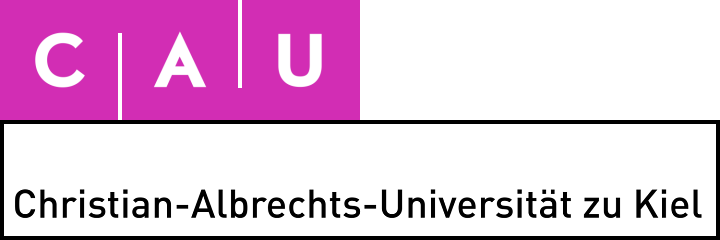Research Stay of Philipp Jordt

| Visiting period: | 24.10.2017 – 18.12.2017 |
| Visiting institution: | University of California, San Diego |
| Visiting scientists: | Prof. Oleg Shpyrko |
My stay abroad brought me to San Diego, right next to the Pacific Ocean and Mexico. My host was Prof. Oleg Shpyrko, he is a physicist and a leading scientist in coherent imaging techniques at synchrotron sources. He is a Professor and head of a group at the UCSD, University of California, San Diego.I arrived in San Diego on the 25th of October. It felt like the warmest day of the whole year for me and was, like all the other days in the next two months, sunny. The first people I got to know were my landlord and roommates. During my time in Pacific beach, one of many neighborhoods in San Diego, I got to know them quite well and we had a lot of fun and a great time. The first place I went was the beach. The beach was about 5 minutes away from the house and I took advantage of the proximity many times during my stay. The university was a 40 minutes bus ride away, along the scenic drive. As the name implies the way to the university has a beautiful view over the coastline of north San Diego. The campus of the UCSD is huge and you have many places to go and discover, for example the Geisel library known from the Inception movie. On the other hand, it feels local and small, and all the people are helpful and nice. On my first day at the university, I had to do a lot of paper work and sign many documents. The American administrations love their paper work. After this first part, I got all my keys and cards and was a member/student of the UCSD. In the afternoon, I met my colleagues. They were from all over the world and we had a nice time together. I profited a lot from their knowledge about synchrotron sources, especially about coherent imaging techniques. Moreover, how to analyze and interpret the acquired measurements. My everyday life at the university wasn’t that different from my well known work back in Kiel. We worked a huge part of the day at the computer and had from time to time a nice chat. On the other hand it differed. For example, the group has no laboratory of their own and I had to ask other scientist, to have a look at my sample and check them. And of cause, I had to learn about the new technique. I read and learn a lot, like in the beginning of the PhD phase. An important part of my stay in the USA was a trip to the APS near Chicago. A third generation synchrotron, where we performed a coherent imaging experiment on samples related to the CRC 1261. Say what the samples were ZnO nanorods coated in gold with very special electrical and strain behaviour. This took place in cooperation with the Shpyrko group. DR. S. Hrkac accompanied me and guided me through the experiment and Ross harder the beamline scientist thought me how to use his instrument for my experiments as this was a new method for me. Thanks to their help, the experiment was a great success and we could visualize strain on nm length scales in the rods. The results are important for our SFB project A6 and most likely have a big influence on my own work. I am currently analyzing the data and aim to write a paper with the results this year. In conclusion, I would encourage everybody to go to San Diego, enjoy this great city, the wonderful weather and this excellent university. I would like to thank the DFG for funding this research stay through CRC 1261.
Philipp Jordt




